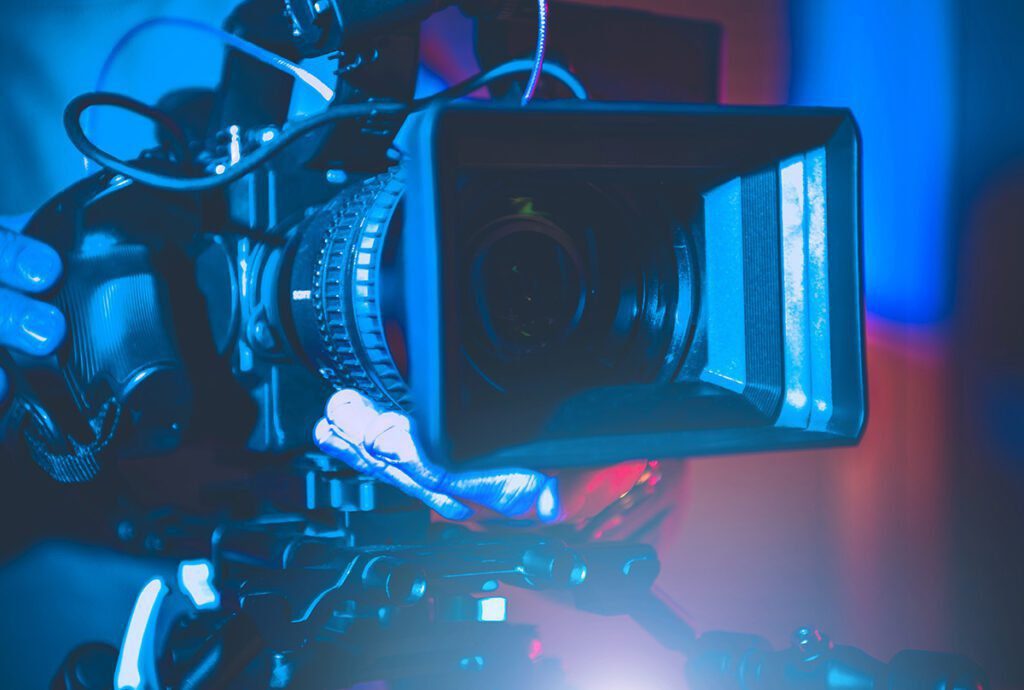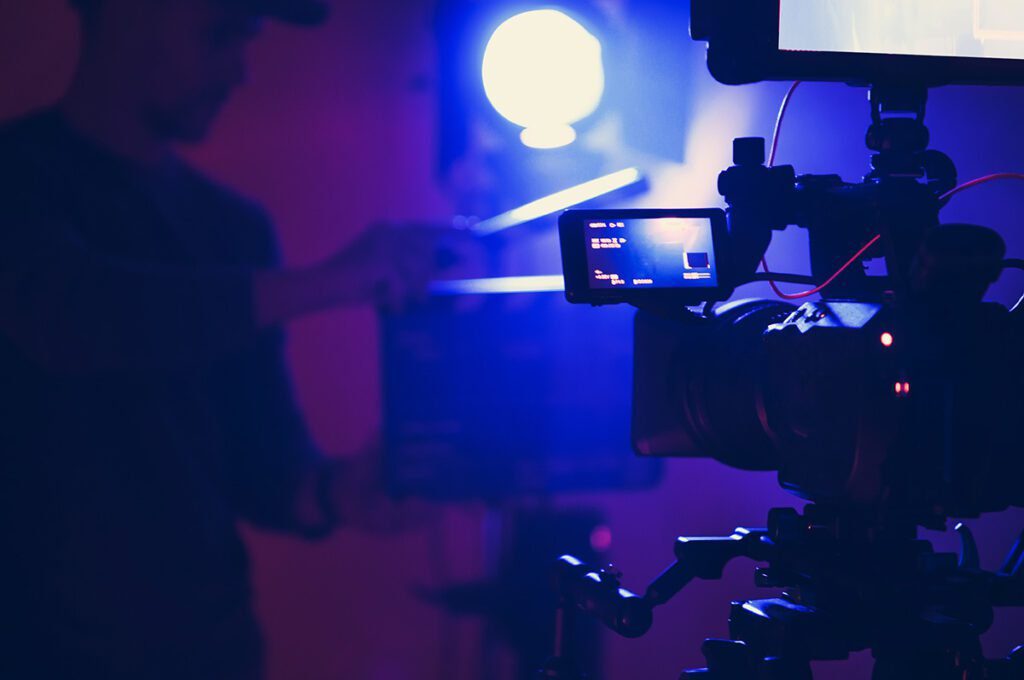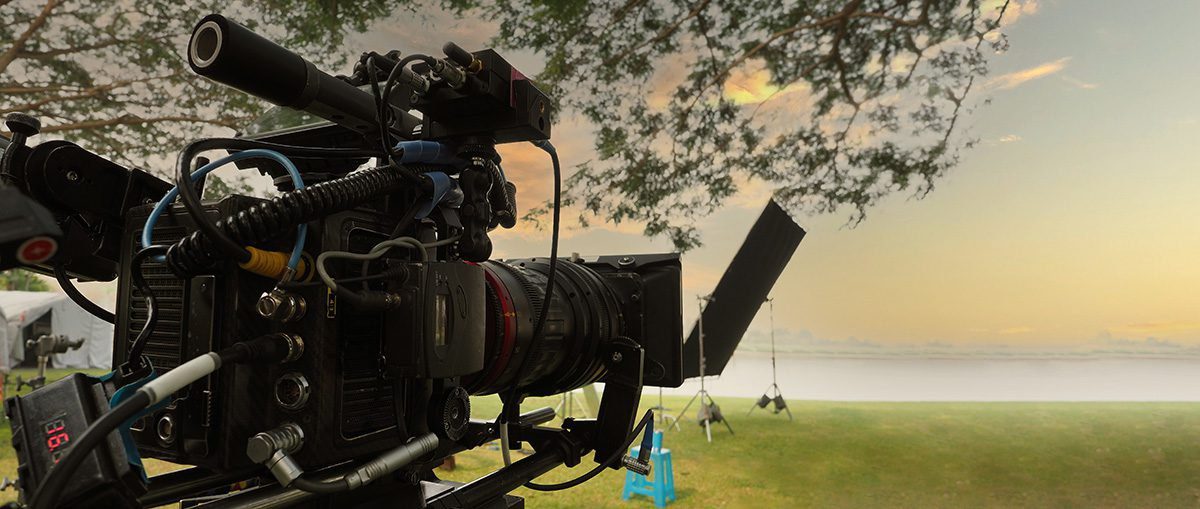What Is Noise in Videography?
Noise in videography is an unwelcome guest, manifesting as various visual artifacts that mar the clarity and quality of video footage. These intruders, ranging from graininess and speckling to color distortions, sneak into our videos, often without invitation. The root causes of noise are multifaceted, including but not limited to, inferior camera sensors, suboptimal lighting conditions, and overly ambitious ISO settings. Moreover, the digital realm of post-production editing and compression processes can also be a playground for noise introduction.
Why Does Noise Creep into Our Videos?
The appearance of noise in videography is not a simple tale of one cause; it’s a complex narrative with multiple antagonists. At the forefront are lower-end camera sensors, which, due to their smaller size, find it challenging to maintain noise at bay, especially under the cloak of low light. High ISO settings, a double-edged sword, amplify the sensitivity of the camera sensor at the cost of inviting more noise. The dimly lit environments exacerbate the situation, making noise more pronounced. Furthermore, the digital alchemy of post-production editing, including color correction and compression, can unintentionally introduce noise. Not to be overlooked are the more subtle contributors, such as electronic interference from nearby devices, which can also add their unique brand of noise to the mix.
Champions of Noise Reduction: Cameras That Stand Out

When it comes to combating noise, not all cameras wield the same sword. Those equipped with larger sensors and cutting-edge noise reduction technologies lead the charge. Cameras like the Sony A7S III and Canon EOS R5, with their full-frame sensors, are celebrated for their prowess in low-light conditions, producing less noise. The realm of cinema cameras, including the Blackmagic URSA Mini Pro 12K and Arri Alexa LF, is renowned for their large sensors and advanced noise reduction capabilities, making them formidable foes against noise. Mirrorless marvels, such as the Sony A7S III and Panasonic S1H, along with high-end DSLRs like the Nikon D6, also deserve honorable mentions for their low noise performances. Professional camcorders, including the Panasonic EVA1 and Sony PXW-FS5, are not to be underestimated in their noise reduction capabilities.
Tactics for Taming Noise in Your Videos
Reducing noise in video is an art and science, requiring a blend of the right equipment and techniques. The cornerstone of noise reduction is utilizing cameras with large sensors and sophisticated noise reduction technologies. Stability is key; thus, employing a tripod and a shutter release cable can significantly diminish noise by minimizing camera shake. The choice of ISO setting is pivotal, with lower ISOs being preferable to avoid amplifying noise. Lenses with wide apertures can be allies in this battle, allowing more light and reducing the reliance on high ISO settings. Adequate lighting not only illuminates the scene but also deters noise from making an appearance. In the digital darkroom, noise reduction software and post-processing tools offer a second chance to mitigate noise that slipped through the initial defenses.
Optimal Camera Settings for a Quieter Video
Navigating the labyrinth of camera settings for noise reduction is no small feat. A lower ISO setting is the golden rule, minimizing noise’s invitation to the party. Fast lenses open the door to more light, keeping ISO settings low. Similarly, a swift shutter speed can curtail motion blur and camera shake, contributors to noise. Manual controls over focus, white balance, and exposure grant the videographer sovereignty over their domain, preventing automatic adjustments that can introduce noise. Proper lighting is not just a suggestion; it’s a mandate for reducing noise. Interestingly, turning off certain camera features, like image stabilization and built-in noise reduction (when planning post-production noise reduction), can paradoxically lead to cleaner footage.

It’s important to note that some cameras have different settings and options, so it’s best to consult the camera’s manual or do some research to find the best settings for your specific camera.
The Unavoidable Truth: Noise is Inevitable
Despite our best efforts, noise is an inescapable aspect of videography, woven into the fabric of digital video production. The quest is not for its complete eradication but for its minimization to levels imperceptible to the viewer. Achieving this requires a harmony of technique, knowledge, and practice. Understanding your camera’s strengths and limitations, optimizing settings for each scenario, and accumulating hands-on experience are the keystones for capturing footage where noise is seen but not heard.
In essence, what is noise in videography?
It’s the shadow that videographers learn to dance with, using light, technology, and skill to keep it at bay, ensuring that what remains in the spotlight is the story they wish to tell.
 We all intend to plan ahead, but too often let the day-to-day minutia get in the way of making a calendar for the year. Sure, you can’t know every detail to anticipate. Heck, you can’t know half the priorities
We all intend to plan ahead, but too often let the day-to-day minutia get in the way of making a calendar for the year. Sure, you can’t know every detail to anticipate. Heck, you can’t know half the priorities 
Recent Comments